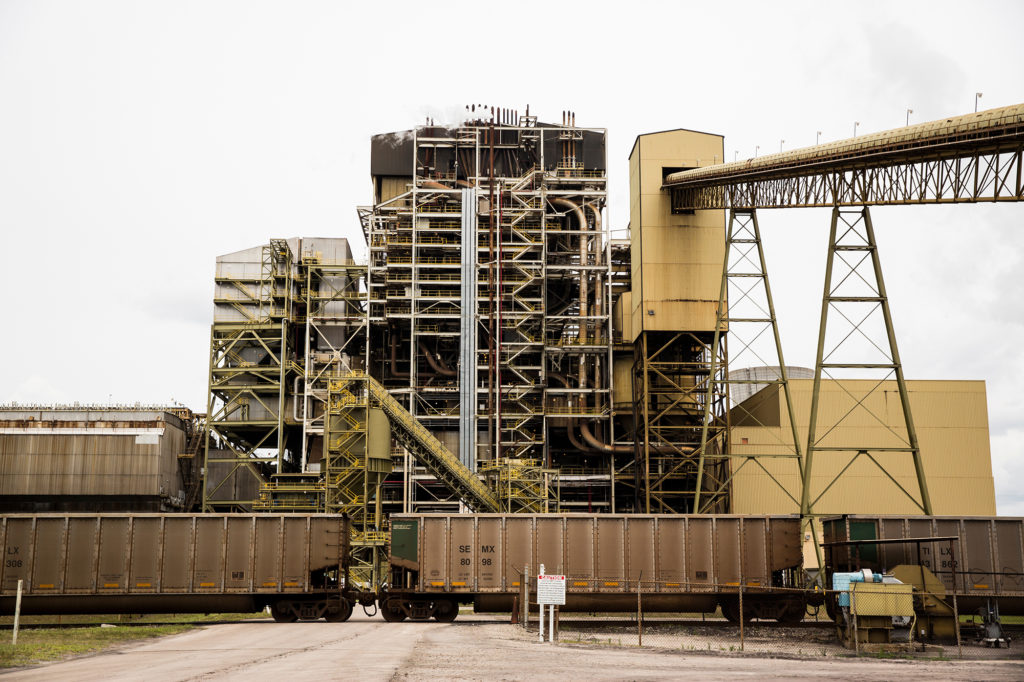
The Environmental Protection Agency unveiled its proposal to replace the Clean Power Plan with a more flexible rule governing carbon dioxide emissions that is expected to reduce compliance costs for coal-based generation while sustaining reliability.
That’s good news for electric cooperatives.
NRECA CEO Jim Matheson welcomed the proposal as a means to provide electric cooperatives the certainty and flexibility they need to meet their consumer-members’ local energy needs. The proposed rule appears to provide electric co-ops with a more achievable plan, he said.
“It is imperative that EPA recognizes the investment that cooperative members have made in power plants and that there is a prudent path forward for 42 million consumers to benefit from those investments,” Matheson said.
“Co-ops are responding to their members’ needs and market forces affecting the entire electric power sector. The electric cooperative fuel mix for providing electricity is changing, with increased investments in natural gas and renewables,” he said.
The Affordable Clean Energy rule, as proposed by EPA on Aug. 21, would replace the Clean Power Plan, which was never implemented due to a Supreme Court stay of the regulation sought by electric cooperatives and others. NRECA argued that the CPP significantly exceeded EPA’s authority under the Clean Air Act and would have mandated significant fuel switching, resulting in stranded assets for many G&Ts.
The new rule would provide states with a definition of the “Best System of Emission Reduction” and give them three years to devise implementation plans that apply these criteria to individual generation plants. BSER guidelines would be focused on so-called “inside the fence line” improvements, such as heat-rate enhancements to improve the efficiency of coal-based plants.
The ACE rule also proposes to modify the EPA’s New Source Review program to make it easier for plants to make efficiency improvements without having to go through a prolonged and costly permitting process.
Based in part on market forces, co-op reliance on coal-based generation declined from 54 percent to 41 percent between 2014 and 2016. During that same period, co-ops increased their use of renewable energy sources from 14 percent to 17 percent.
EPA will accept comments on the ACE rule for 60 days after it is published in the Federal Register. The agency says it plans to hold a public hearing on the matter and release a final rule early next year.
Cathy Cash is a staff writer at NRECA.